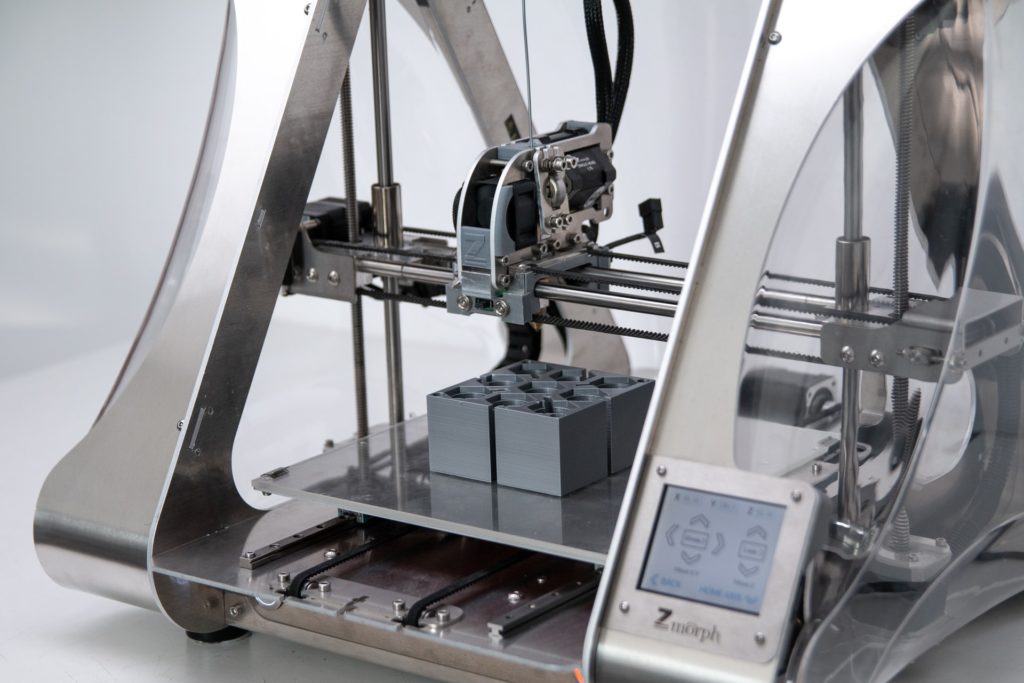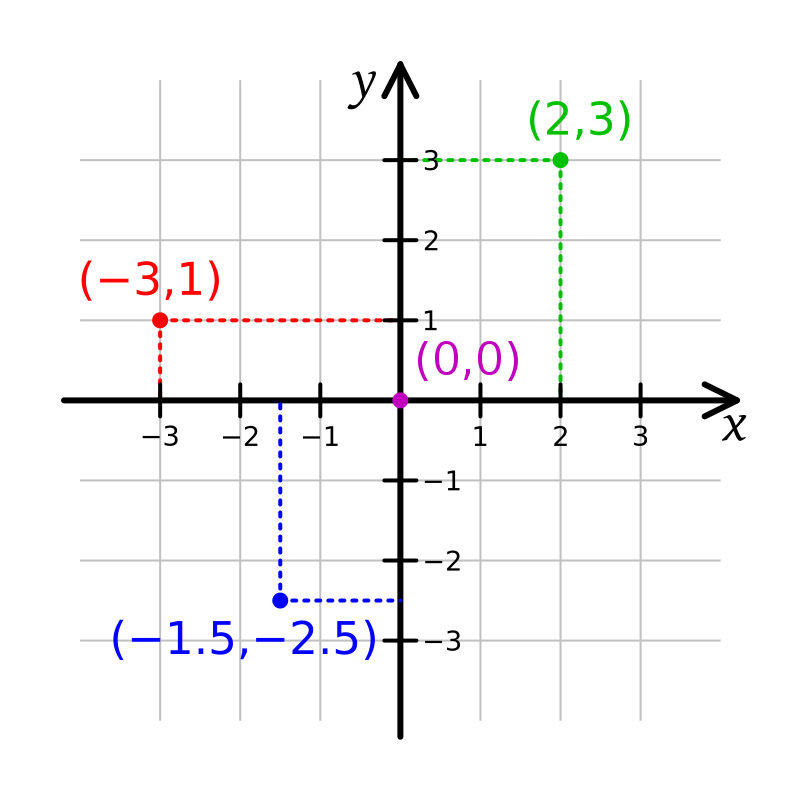
We’ve written about robots and robotics before, but we thought we’d go into further detail about different kinds, starting with the Cartesian robot. But before we get there, we probably need to talk about Cartesian systems first. Even before that, let’s talk about where the term “Cartesian” comes from.
Cartesian: what does it mean?
The term “Cartesian” refers to anything relating to French philosopher René Descartes. And no, it’s not because someone thought Descartesian would be too difficult. In fact, the term is based upon his Latinized name Cartesius.
René Descartes was also a scientist and a mathematician. During his lifetime he invented analytic geometry, or the study of geometry using coordinate systems. Remember quadratic equations? Thank (or blame) Descartes; his 1637 math treatise included the quadratic formula we know today. Also, this work became the basis for the development of calculus.
Descartes also contributed to the fields of philosophy and science.
In the scientific field, he discovered laws of reflection and of refraction. For example, the latter showed the angular radius of a rainbow is 42 degrees. He also contributed to laws of motion and momentum.
As for philosophy, Descartes is considered the father of modern western philosophy, shifting the question from “what is true?” to “of what can I be certain?”. He is best known for the statement “I think, therefore I am,” meaning the act of doubting one’s existence proved thought, and therefore, a thinking entity existed.
That statement may be questionable today, however, given the self-awareness of newer artificial intelligence. Some AI can think and possibly even doubt its own existence. But does that make it real, as in like us? As interesting a question as that is, it may be a discussion best left for another article.
Cartesian Systems and the Cartesian Robot
Cartesian robots use a Cartesian coordinate system.

The story goes that Descartes used to laze around in bed in the mornings, watching flies land on the ceiling of his bedroom. Consequently, he wondered how to describe their landing locations mathematically, and came upon the idea of using coordinates using the ceiling corners as reference points.
Cartesian systems can exist in one dimension (a line) in two dimensions (ordered pairs,) or in three-dimensions. Cartesian robot systems use 3-d systems using x,y,and z to define the planes.
What are Cartesian robots?
Cartesian robots move on the three Cartesian planes (X,Y, and Z) according to Cartesian coordinates using coordinated motion. Frequently, this occurs through a motion controller like a linear actuator.
Uses for Cartesian Robots
With high-speed performance and accuracy, Cartesian robots are well-suited for many different industrial applications. Some simple applications include use within plotters and milling machines where a pen or another tool moves across an X-Y plane, using the Z plane to raise and lower.
Other industrial applications for Cartesian robots include pick and place machines, material handling, packaging automation, and process-to-process transferring.
Need a motor controller with linear acceleration and deceleration? Take a look at our line of Reliance Electric FlexPak 3000 controllers. When you need it, our team can help. Contact us today!

You must be logged in to post a comment.